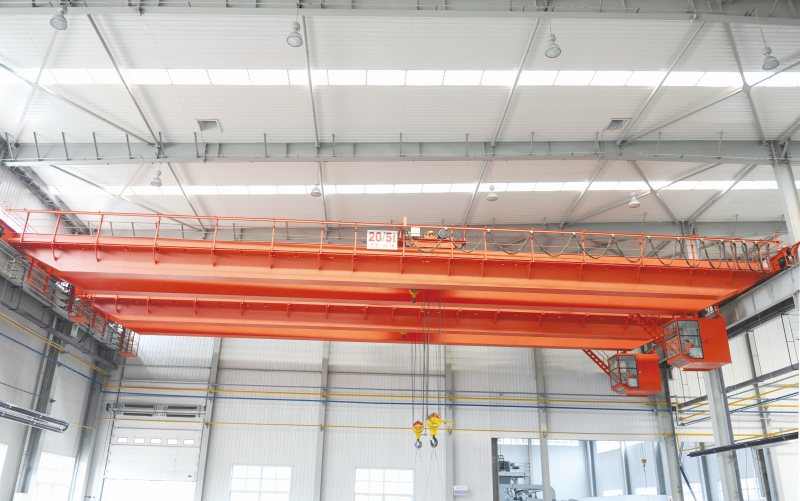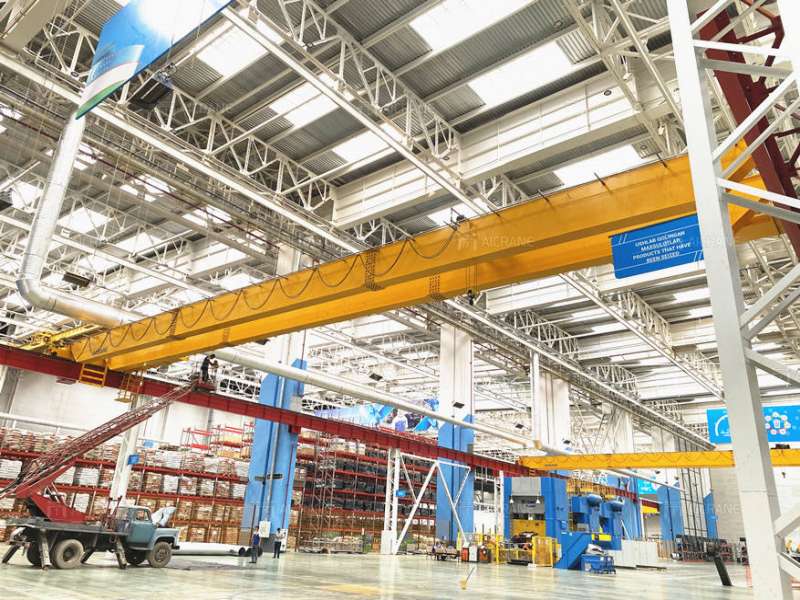Overhead cranes are critical pieces of equipment in industrial settings, providing essential support for material handling and logistics. For businesses planning to purchase or upgrade their overhead cranes, understanding how seasonal variations impact crane prices can be crucial for making informed decisions. This article explores the factors influencing seasonal price changes for overhead cranes and offers guidance for buyers to optimize their purchasing strategies.
Factors Influencing Seasonal Price Variations
Several factors contribute to fluctuations in overhead crane prices throughout the year. These factors can affect both the cost of new cranes and the pricing of used or refurbished equipment.

Supply and Demand Dynamics
One of the primary drivers of seasonal price variations is the balance between supply and demand. Demand for overhead cranes can vary with industry cycles, economic conditions, and project schedules. For instance, construction and manufacturing sectors might experience peak activity during certain times of the year, leading to increased demand for cranes. Conversely, during off-peak periods, demand may drop, potentially affecting prices.
Manufacturer and Supplier Schedules
Manufacturers and suppliers often have production schedules and inventory management plans that impact pricing. During high-demand periods, manufacturers may increase prices due to higher production costs or shortages of raw materials. Conversely, during slower periods, manufacturers might offer discounts or promotions to stimulate sales and clear inventory.
Economic Conditions
Economic conditions, including inflation rates and interest rates, can influence overhead crane prices. During periods of economic growth, increased industrial activity can drive up demand and prices. In contrast, economic downturns may lead to reduced prices as manufacturers and suppliers compete for fewer orders. Different crane types usually have different prices, for example a the price of a double girder type crane product is generally higher than the single girder crane price.
Seasonal Trends in Overhead Crane Pricing
Understanding seasonal trends can help buyers make more strategic decisions regarding their purchases. Here are some common seasonal trends to consider:
End-of-Year Sales
Many manufacturers and suppliers offer end-of-year promotions or discounts as they seek to close out their fiscal year with strong sales figures. Buyers can benefit from reduced prices or special offers during this period. Additionally, manufacturers might have excess inventory they are eager to move before the new year, leading to potential savings for buyers.
Summer and Fall Peak Seasons
The summer and fall months often see increased activity in construction and manufacturing industries, which can drive up the demand for overhead cranes. This higher demand may result in higher prices and longer lead times. Buyers looking to purchase cranes during these peak seasons should plan ahead and budget accordingly.
Winter Slowdowns
Winter months can bring a slowdown in construction and industrial activities due to weather conditions and project scheduling. This seasonal lull often results in reduced demand for cranes, potentially leading to lower prices and better deals. Buyers who can time their purchases during the winter months may benefit from lower costs and increased negotiating leverage. Reliable crane manufacturers usually provide cranes with reasonable prices, like Aicrane Group, always offers cost-effective crane equipment for customers to suit the lifting needs.

Strategies for Buyers
To navigate seasonal variations in overhead crane prices effectively, buyers should consider the following strategies:
Plan Ahead
Planning your purchase well in advance can help you avoid the pressure of peak-season pricing. By forecasting your equipment needs and initiating the purchasing process during off-peak times, you can take advantage of lower prices and avoid delays.
Monitor Market Trends
Keep a close eye on market trends and industry news to stay informed about pricing fluctuations and promotional offers. Signing up for industry newsletters, attending trade shows, and consulting with suppliers can provide valuable insights into upcoming price changes and sales opportunities.
Negotiate with Suppliers
Negotiation is a critical aspect of purchasing overhead cranes. When approaching overhead crane suppliers, be prepared to discuss pricing, warranties, and service agreements. Leverage any information about seasonal trends or competitor pricing to strengthen your negotiating position.
Consider Refurbished Equipment
For buyers with budget constraints, considering refurbished or used overhead cranes can be a cost-effective alternative. Refurbished cranes are often available at lower prices and can offer significant savings compared to new models. Be sure to evaluate the condition and warranty of refurbished equipment before making a purchase.
Additional Considerations
When evaluating overhead crane prices, it’s important to consider factors beyond just the initial purchase cost:
Total Cost of Ownership
The total cost of ownership includes not only the purchase price but also ongoing expenses such as maintenance, energy consumption, and operating costs. Buyers should factor these costs into their decision-making process to ensure they are making a cost-effective investment.
Technology and Features
The features and technology of overhead cranes can impact their prices. Advanced features such as automation, remote control systems, and enhanced safety options may come with higher price tags but can offer significant benefits in terms of efficiency and safety. Assessing the long-term value of these features can help justify higher initial costs.
Supplier Reputation and Support
The reputation of the supplier and the level of after-sales support are crucial considerations. A reputable supplier with strong customer support can provide valuable assistance with installation, maintenance, and troubleshooting, contributing to a smoother ownership experience.
Understanding the seasonal variations in overhead crane prices is essential for making informed purchasing decisions. By recognizing the factors that influence price fluctuations and employing strategic approaches, buyers can optimize their investments and secure favorable deals. Planning ahead, monitoring market trends, negotiating effectively, and considering refurbished options can help buyers navigate the complexities of crane pricing and achieve cost savings. Ultimately, a well-informed approach to purchasing overhead cranes ensures that businesses acquire the equipment they need at the best possible value, enhancing their operational efficiency and success.